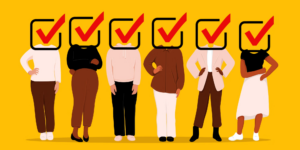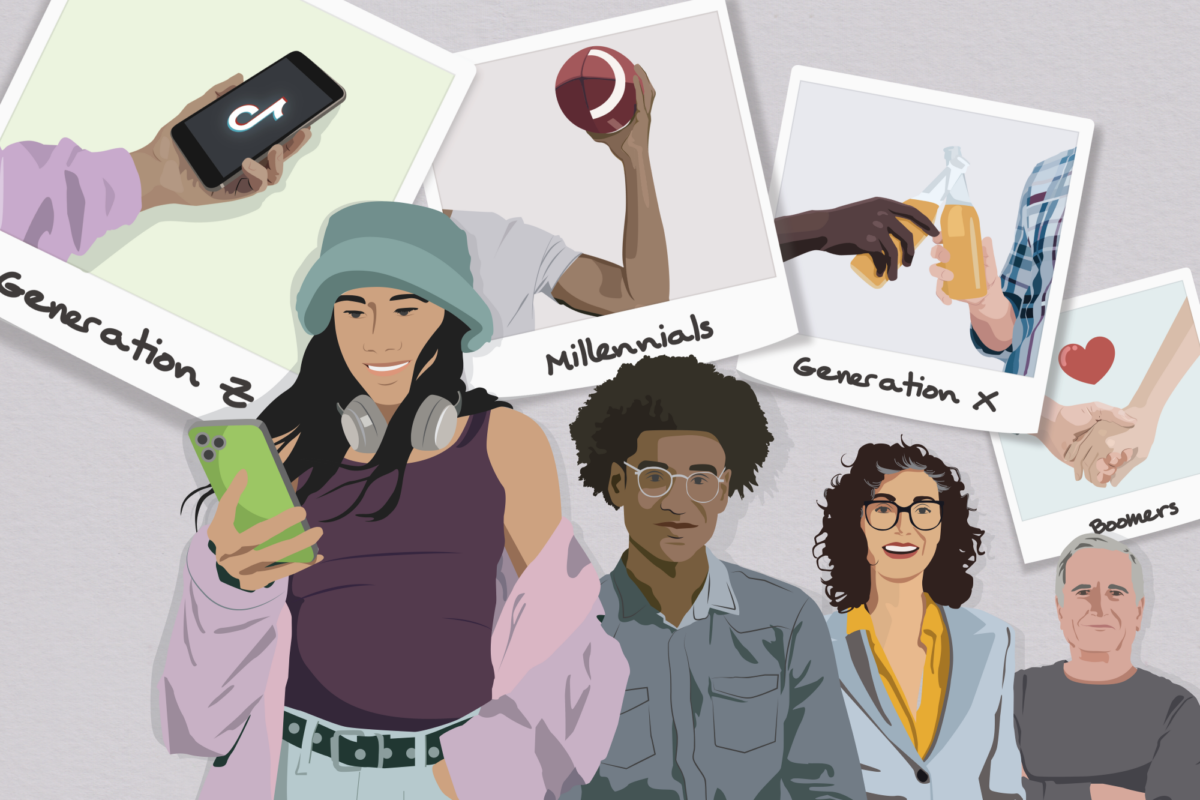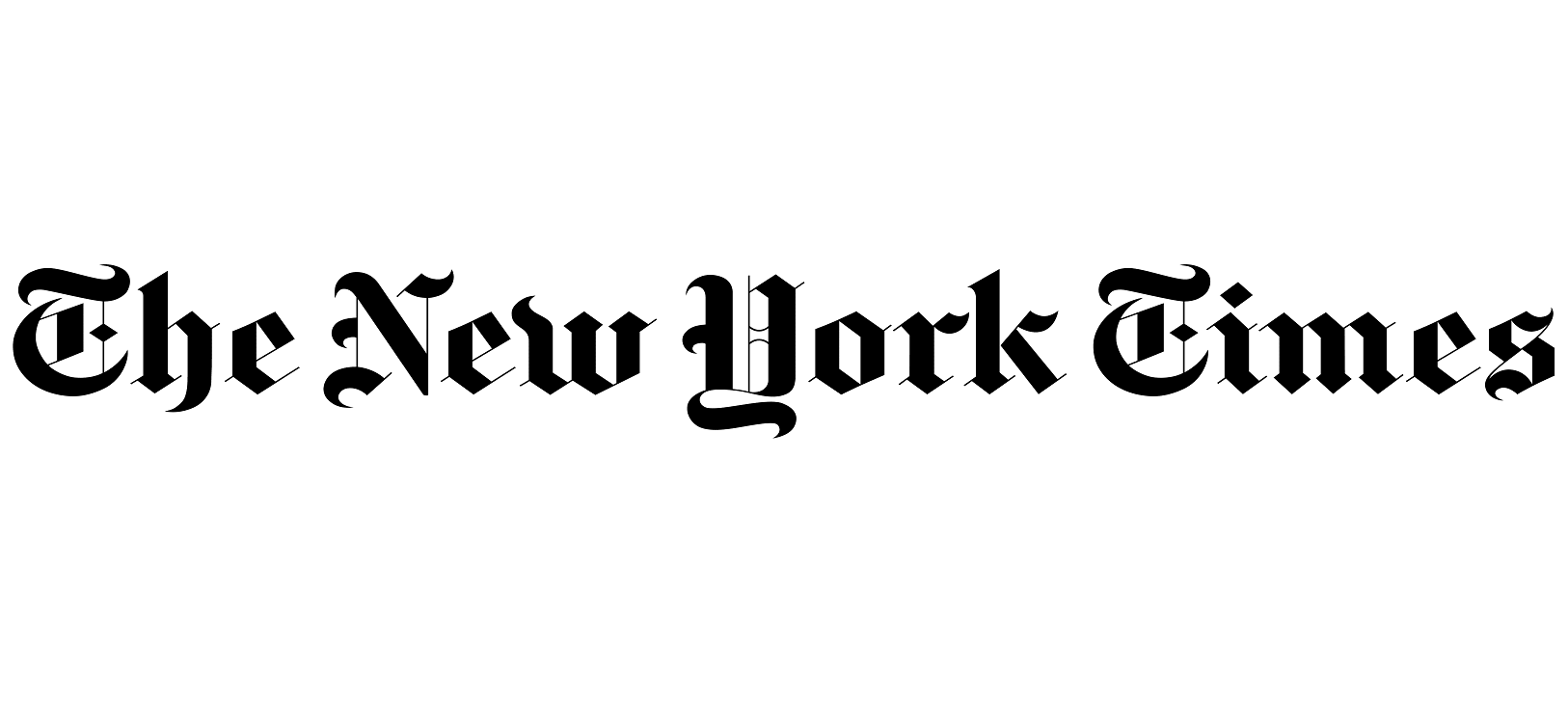Latest Publications

March 10, 2025Daniel A. Cox
America’s Parents Are Civic Superheroes
Americans are retreating from civic life—but college-educated parents are stepping up, volunteering, hosting gatherings, and keeping communities connected while others stay home.

February 14, 2025Daniel A. Cox
Are Political Differences Behind America’s Dating Woes?
Political divisions between young men and women are preventing them from forming meaningful relationships.

October 28, 2024Daniel A. Cox
Are Young Men Really Going to Vote for Donald Trump?
Young men are leaning towards Trump in recent polls. Are the polls accurate?

October 16, 2024Daniel A. Cox
All the single ladies are backing Kamala
Unmarried women make up a whopping 25% of the electorate — and that’s bad news for Donald Trump.
Short Reads
- Share of College-Educated Women in the Democratic Party Has Increased
- Why Young People Feel Misunderstood By The Opposite Sex
- The Gender Divide in Youth Political Affiliation
In the News
July 11, 2025
Reclaim Your Confidence: 4 Ways To Outsmart Self-Doubt
July 11, 2025
The Reality Show That Captures Gen Z Dating
July 10, 2025
Who Wants to Have Sex?
July 8, 2025
The Gender Gap That Ate the Democrats
Research Areas
“I asked Cox why he thinks single women are so down on marriage, and he told me one of his theories:
‘The models of marriage they see in older generations are not always appealing. I believe there’s a greater sensitivity among young women today to the domestic labor disparity. Especially among college-educated single women there is a better understanding that their careers will suffer if they have children and their partners don’t step up. And many single women believe that single men are not interested in a 50/50 split. We found that 49 percent of single women believe that ‘most single men today do not want an equal partner.’”












